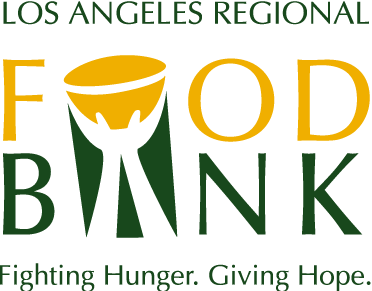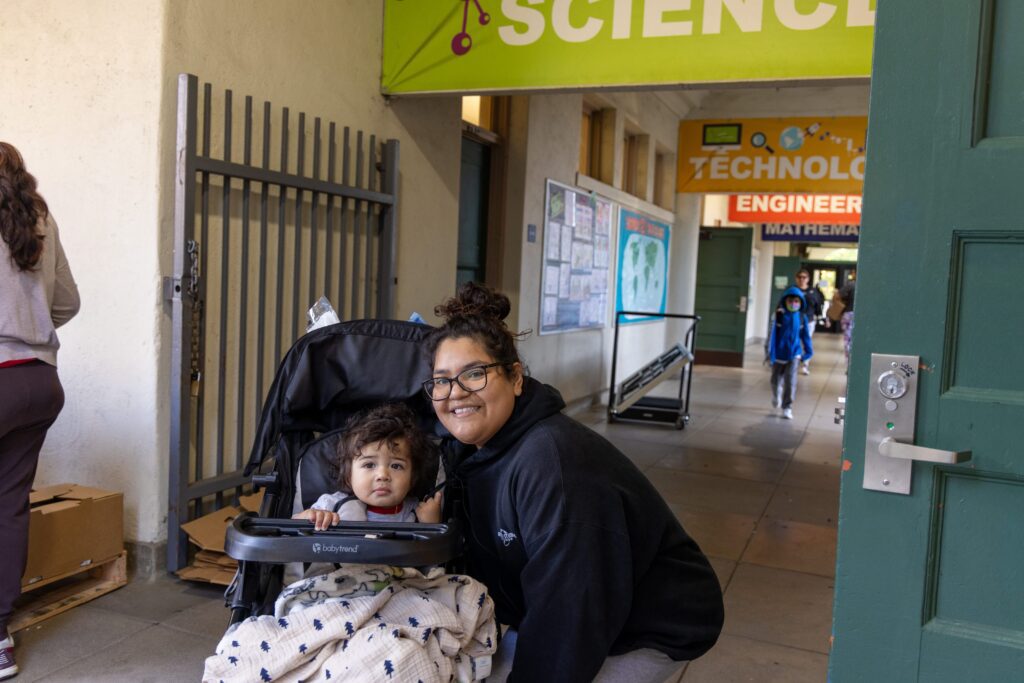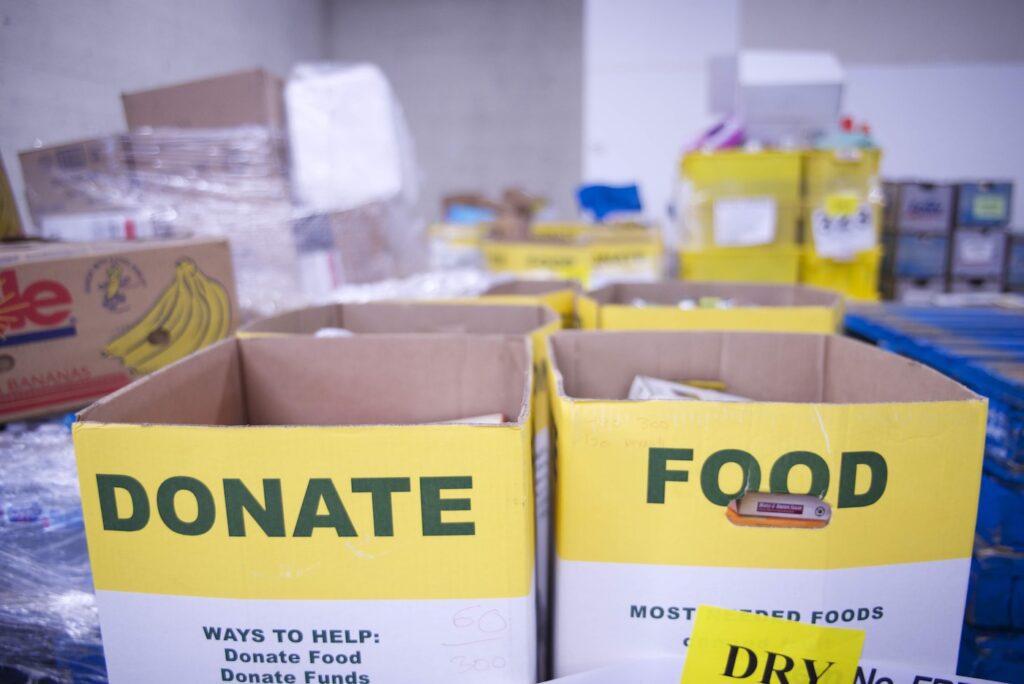The Demand for Food Assistance from Food Banks and Partner Agencies Is About to Go Up
The Demand for Food Assistance from Food Banks and Partner Agencies Is About to Go Up
CalFresh emergency allotments have ended, and families will receive hundreds of dollars less in benefits going forward. The Los Angeles Regional Food Bank is working hard toward our vision that no one goes hungry in LA County, but during this trying time, encourages the community to get involved by volunteering and donating.
As the economy recovers from the COVID-19 pandemic continues, and as communities across LA County (and the country) deal with the rising prices of everyday necessities, many people are experiencing food insecurity for the first time. For those who were already struggling to put food on the table, the pandemic has made things even more difficult. And for many, things are about to get even more complicated.
CalFresh, California’s version of the federal Supplemental Nutrition Assistance Program (SNAP), has provided much-needed assistance to families in need during the pandemic thanks to an emergency allotment created to help people manage during the COVID-19 pandemic. However, these emergency benefits have just expired, so the Los Angeles Regional Food Bank and food banks across the country are bracing for an increase in demand.
Food banks have been working tirelessly to meet the increased demand for food assistance during the pandemic when the need for food assistance increased sharply. This is on top of the normal work of food banks. For example, the Los Angeles Regional Food Bank has been rescuing food and fighting hunger in LA County for more than 50 years (read about the 50th Anniversary at the LA Regional Food Bank). Many people in the community have relied on the emergency CalFresh benefits to help provide food to those in need. However, with the benefits set to expire soon, people are concerned about how they will continue to access nutritious food for themselves and their families.
The issue of food insecurity existed long before the pandemic and before the high levels of inflation in LA County. Approximately 1 in 5 people living in LA County experience food insecurity, including one in four children. The report also found that food insecurity rates are higher among communities of color, low-income households, and households with children.
As the emergency CalFresh benefits come to an end, food banks are calling on the community to support their efforts. There are many ways to help, from volunteering your time to making a donation. Every little bit helps, and together we can make a difference in the fight against food insecurity.
The Los Angeles Regional Food Bank and Food Bank partner agencies are stepping up to provide for those in need, but the support of the community is needed. As a nonprofit organization, the Food Bank relies on the generosity of donors.
By supporting food banks, we can ensure everyone has access to the food they need to thrive.





